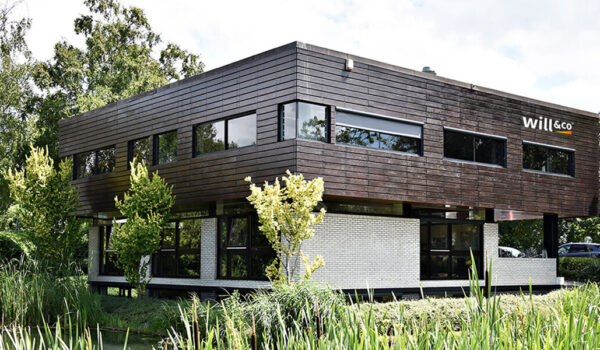Choose to move forward
Will & Co is a distributor of raw materials, (biobased) chemicals for industrial applications and food ingredients. As a specialized knowledge partner, we advise production companies on high-quality raw materials and distribute such materials to them. We believe in progress through knowledge development.
Our business units
Our story

Will & Co
Since 1924 we have been responsible for international, marketing, logistics and distribution of raw materials, chemicals and food ingredients. Both commodities and specialities. Together with our partners, we have been making an active contribution to the progress of various industries for almost a century, ranging from bio-based chemicals to food items.
“The great thing about this business is that it’s still about the chemistry between people. ”
JACQUES VAN LINDONK, GENERAL DIRECTOR


